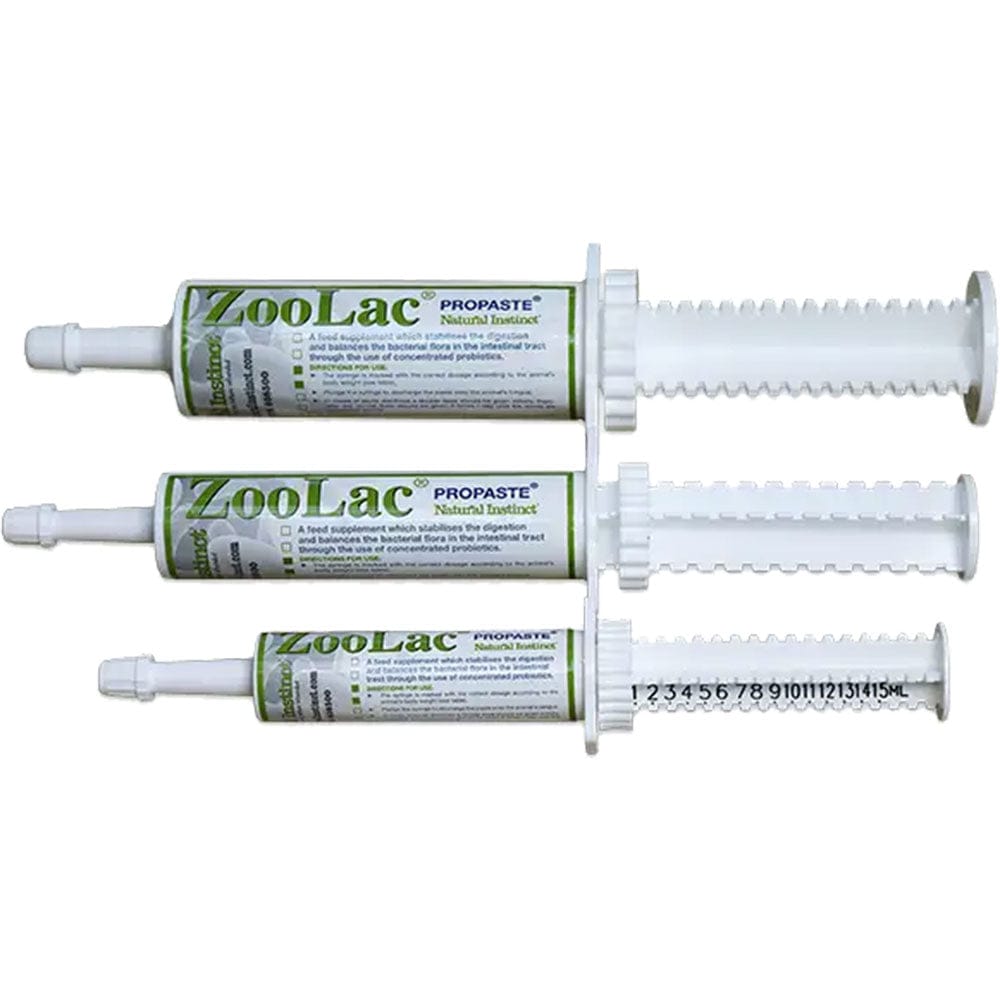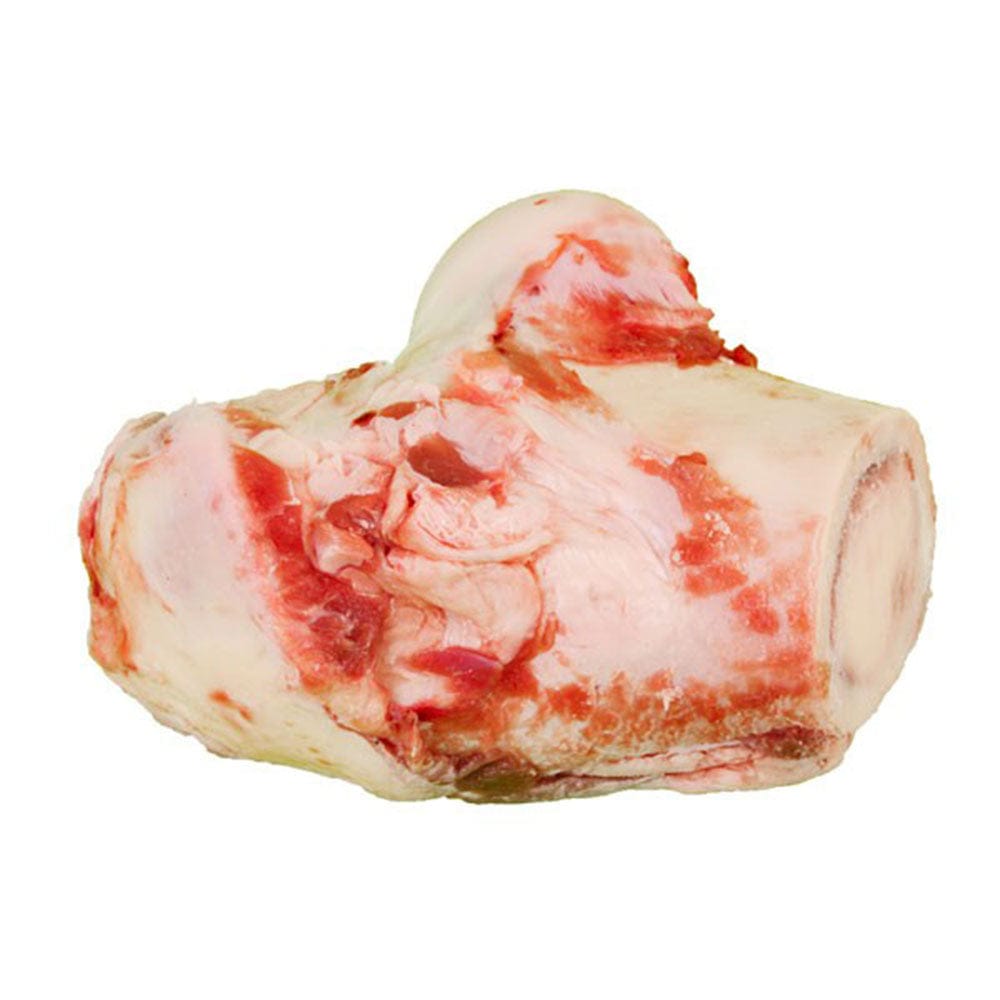As the weather gets warmer and spring begins, it also, unfortunately, means tick season is upon us. There are two tick peaks throughout the year, the first from March to June and the second from August to November.
Ticks can be dangerous not just for yourself but also for your dogs; therefore, it is crucial to understand the risks ticks pose, how to remove them and how best to protect your pooches from them.
What are ticks?
Before we get into the nitty gritty of tick removal and prevention, it is always best to understand what they are. Ticks are parasites that feed on the blood of animals and humans. They have eight legs, similar to spiders, and cone-shaped bodies, which become larger and darker with the more blood they drink. Ticks differ from flees as they don't jump or fly; instead, they crawl and use a combination of scent and body heat detection to choose their host and cling onto them as they brush past whatever the tick is resting on.
Where do ticks live?
There are two types of ticks: hard and soft. Hard ticks are usually the type found on cats and dogs. The most common places ticks live are:
- Woodlands
- Areas with long grass/lots of vegetation
- Moorlands
- Areas with lots of animals/livestock
Tick Lifecycle:

Where to look for ticks on your pet
Ticks prefer warmer climates and usually latch onto your pet's warmest regions. Ticks can be found all over the body. However, they typically prefer non-hairy, thin-skinned areas. Some of their common spots to hide are:
- Ears
- Between toes
- Groin areas
- Underbelly
- Face (check inside the mouth, too)
- Under tails
- Armpits

We advise checking these areas regularly, especially during the peak months, and removing any ticks immediately. Forceful removal of ticks may lead to mouthparts of the tick remaining embedded in your pet's skin, which can cause further infection. Therefore, ticks should always be removed using appropriate and safe methods.
How to remove a tick
Ticks can carry bacteria and viruses such as Lyme disease. Infections are usually transmitted through the saliva of the tick when they feed on their host. Therefore, it is vital for your pet's safety to remove them as soon as you spot them.
Top tick removal tips:
- You should never pull, crush or squeeze a tick.
- Step 1: Slide a tick-removing tool under the tick. Try to get the tool as close to the skin as you can. If it doesn't fit under the tick, you may need a larger sized tool.
- Step 2: Slowly twist the tool 2-3 times in the same direction, making sure not to pull upwards. The tick should then let go of your dog.
- Step 3: Dispose of the tick to ensure it doesn't reattach to you or other pets.
- Step 4: Treat the affected area with disinfectant or warm salty water and monitor your pet for any signs of illness.
- Step 5: Make sure to wash your hands, areas and tools thoroughly.
Symptoms of Lyme disease
Ticks can carry many viruses and infections, Lyme disease being the most common. Although ticks only feed on your pets for roughly two weeks, there is a possibility they can transmit Lyme disease to yourself, dogs and cats (although it is less common for cats).
Some common symptoms of Lyme disease in cats and dogs include:
- Loss of appetite
- Fever
- Lameness
- Swollen and painful joints
- Depression
- Lethargy
- Swollen lymph nodes
If you think your dog or cat has Lyme disease, contact your vet immediately for advice and treatment.
Tick prevention methods
There is no absolute way to protect your pets from ticks. However, there are steps you can take to aid in preventing ticks and protect your pets from the nasty viruses and bacteria they carry.
1) Avoid areas where ticks are known to live
- Avoid long grass and overgrown areas, and use paths and open spaces where possible.
- Keep your garden grass cut short; this will limit the risk of ticks in your garden.
2) Check your dog or cat regularly
- Regular checks after walks can help you catch ticks before they attach, thus limiting their time on your pet. Remember, ticks start small, so they can be hard to spot at first, but checking your pet can help keep them safe.
3) Use a parasite treatment
- Parasite treatments that can be regularly applied cause ticks to die when they attach to your pet and, after 24-48 hours, cause them to drop off. Vets can always recommend pet-safe products, so it is always good to ask for vet recommendations.
4) Use repellents
- Many tick repellents on the market contain non-harmful, natural products. These repellents can protect your dogs and cats by deterring ticks from latching on and biting.
- Vets can always recommend pet-safe products, so it is always good to ask for vet recommendations.
Do ticks pose a risk to humans?
Yes, ticks can cause harm to humans too. Although ticks can't survive long on humans, they can still attach to and feed on us. They can also pass on infections and viruses, such as Lyme disease, to us through saliva. If you find a tick on yourself, always seek advice from the NHS website or your GP.
References
ESCCAP Guidelines. (2022). Control of Ectoparasites in Dogs and Cats (7th ed.). https://www.esccap.org/uploads/docs/cgqtqpf1_0720_ESCCAP_GL3__English_v19_1p.pdf
PDSA. (2022, July). Ticks on Dogs. https://www.pdsa.org.uk/pet-help-and-advice/pet-health-hub/conditions/ticks-on-dogs
RSPCA. (n.d.). Ticks on Dogs and Cats. https://www.rspca.org.uk/adviceandwelfare/pets/general/ticks













